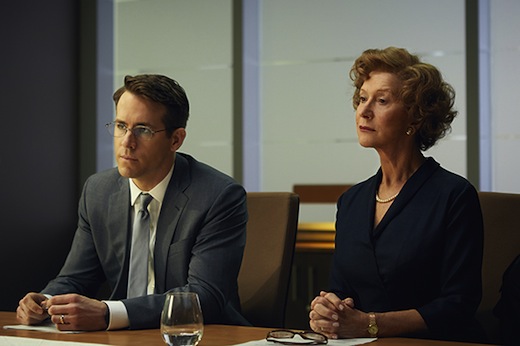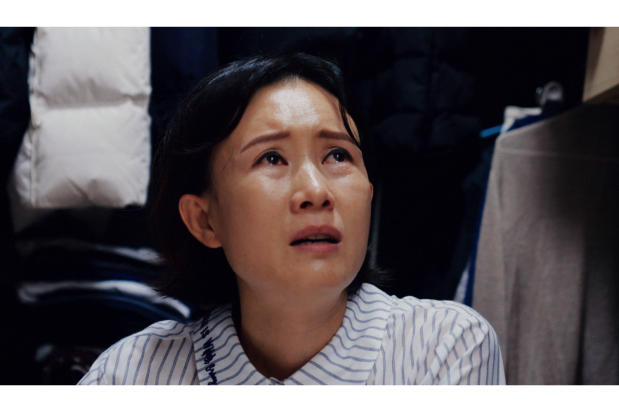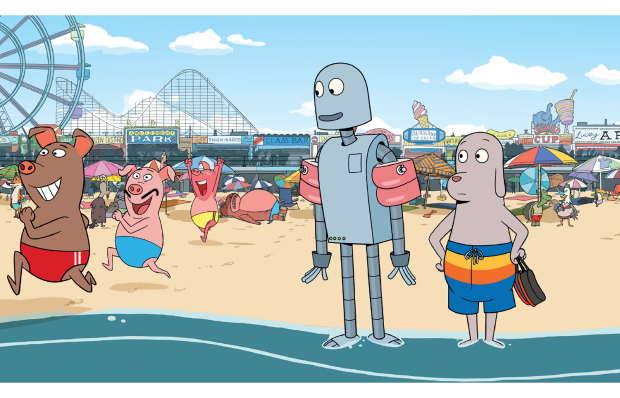Woman in Gold feels rather like a Jewish version of Philomena as this too is about an older woman seeking justice for what has been stolen from her in the past but, unlike the Jewish version of almost everything, this is not in any way superior, and may even be a dud. It is based on a true story, which is an excellent and fascinating story, but it’s the storytelling that counts, and the storytelling here is not only familiar and pedestrian, but so emotionally manipulative that it doesn’t come with one sentimental ending, but several in quick succession. ‘Oh good, it’s over,’ you will think to yourself, as you make to rise from your cinema seat, but what’s this coming at you? Yet another sentimental ending? Every character gets their own? Luckily, there is no such thing as Death By Sentimental Endings, or I would not be here to tell the tale.
Helen Mirren plays Maria Altmann, an elderly Austrian Jewish woman who fled Vienna and the Nazis during the second world war and settled in California. The film opens in 1998, with the death of her sister, which reawakens in her all that happened and prompts her into having another stab at reclaiming the five portraits by Gustav Klimt which had belonged to her family and now hang in Austria’s famous Belvedere palace. She hires a young lawyer (Ryan Reynolds), the son of fellow Austrian immigrants, although is he reluctant to take on the case initially? You bet. Does he say he’s busy and has better things to do? You bet. Does he come round, eventually? That too. Does he wear glasses which he will remove every time he needs to express a deep emotion, particularly when he reconnects to his own heritage? And that. Does this prove we have all been here before? Yes. Can we stop this now? OK.
The Austrians, who are all hiss-worthy, cartoon baddies — there are no ambiguities here — do not want to see these Klimts go, obviously. They consider it a matter of national honour and are especially proud of one portrait in particular: Woman in Gold. You know this one; you do. It’s the poster we all put up when we bought our first flats, back when young people could buy flats. (Back then, a first flat could not even be considered a first flat without a Klimt on the wall.) But it is, in fact, not an anonymous woman, as it’s a painting of Maria’s beloved aunt, who may or may not have been Klimt’s lover, and is actually called ‘Portrait of Adele Bloch-Bauer I’. Adele is seen in flashback but is played by an actress (Antje Traue) who has a face nothing like the woman’s in the painting. How are we meant to believe, when the two are so strikingly different? I would even go further and say that, unless you Google images of the real Adele, you are going to go away from this film thinking that, for all his ability with gold leaf, Klimt might have been a bit crap.

This is a film without a proper dramatic core as it’s all paperwork and court-scenes as we travel from the justice system in Austria to the Supreme Court in America. As directed by Simon Curtis (My Week With Marilyn) the drama, such as it is, is all provided by Maria’s flashbacks: flashbacks of Nazis forcing Jews to wash the streets, cutting off their payots, looting their houses. In other words, all the usual tropes, which can have emotional heft, and do have emotional heft, but didn’t in this instance. This film only ever felt like what it is: heavy-handed emotional manipulation. Maria, when we meet her, runs a dress shop and lives in a little bungalow and I’d have preferred to see more of her there, dealing day to day with her memories and repressed fury. It might have been more affecting.
Meanwhile, her relationship with Reynolds entirely mimics that between Steve Coogan and Judi Dench in Philomena. Younger man. Elderly woman. He gets exasperated. She can be tart. He is initially driven by guilty obligation. She wins him over. She wants to give up, admit defeat. He must talk her round. (I think she said, ‘I can’t carry on’ and was then urged to carry on about 72 times.) Helen Mirren is, of course, a wonderful actress, and she brings dignity to the marvellously Euro-chic Maria, but even she can’t soar above the script which veers from speechifying to banalities, as in: ‘We must keep the memories alive. People forget, you see, especially the young.’ As for Reynolds, the glasses didn’t fool me — I know a goy when I see one!* — as didn’t anything else about his performance. And then there are those endings to get through. You’ll live to tell the tale, but probably only just.
Got something to add? Join the discussion and comment below.
Get 10 issues for just $10
Subscribe to The Spectator Australia today for the next 10 magazine issues, plus full online access, for just $10.
*I knew he was a goy even when he took his glasses off during moments of extreme emotion!
You might disagree with half of it, but you’ll enjoy reading all of it. Try your first month for free, then just $2 a week for the remainder of your first year.













Comments
Don't miss out
Join the conversation with other Spectator Australia readers. Subscribe to leave a comment.
SUBSCRIBEAlready a subscriber? Log in